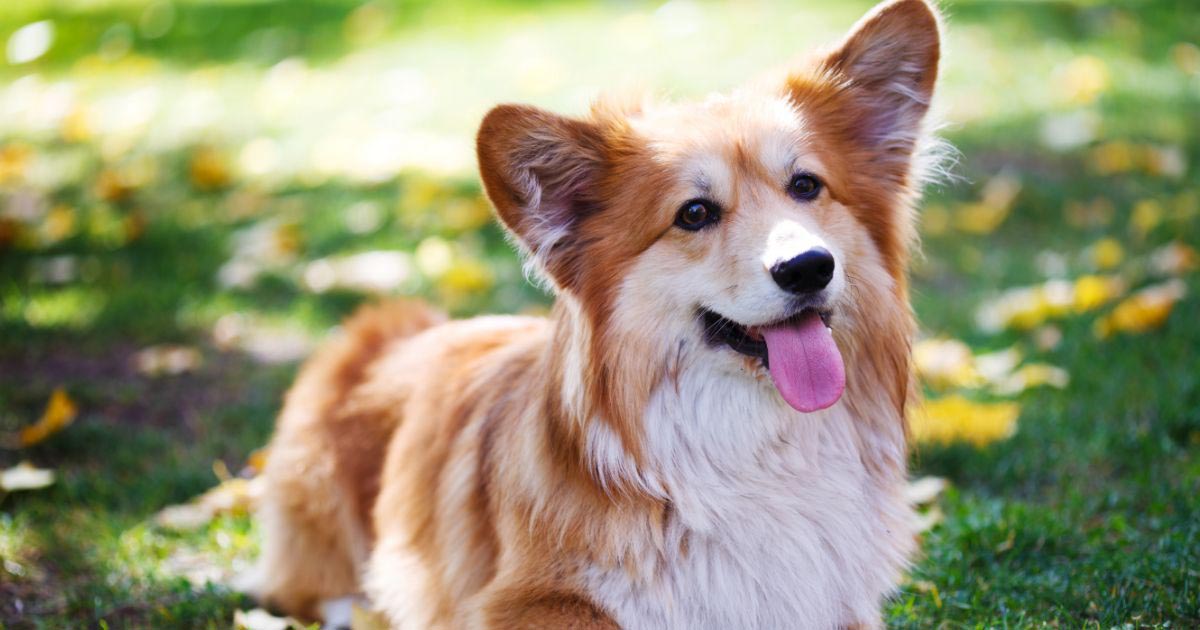Exploring the Causes of Aggression in Dogs the Behavioral Puzzle
Introduction
Aggression in dogs is an intricate issue involving numerous variables: territoriality, source protection, and even clinical problems. While aggression is an all-natural behavior in dogs, it can become troublesome and potentially harmful if not correctly handled. Recognizing the indications of aggression and employing reliable training methods are vital in guaranteeing the health of your pet and those around it. This is where Confident K9 steps in, providing detailed solutions for handling dogs aggression.
Identifying Indications of Aggression
Comprehending the indications of aggression is the very first step in the direction of attending to the issue. Aggressive behavior in dogs can materialize in numerous ways, consisting of:
1. Grumbling and Snapping: This is one of the most typical indications of aggression. Dogs may growl or snap when they feel intimidated or are trying to insist on prominence.
2. Barking and Lunging: Dogs might bark aggressively and lunge in the direction of people or various other pets, specifically when on strolls or in strange situations.
3. Baring Pearly whites: When a pet reveals its teeth, it’s a clear indicator of aggression and a warning signal that must not be neglected.
4. Tight Body Language: When feeling hostile, dogs might show rigid body movement, raised hackles, and a strained position.
5. Attacking: Hostile behavior can escalate to bite if not dealt with immediately. If your canine has attacked someone or displays a tendency to attack, it’s important to seek expert aid.
Training Techniques with Confident K9
Confident K9 offers a series of training methods created to properly attend to aggression in dogs. These methods concentrate on favorable support, constructing count on, and customizing behavior through constant training. Below are some vital techniques:
1. Behavior Evaluation: Confident K9 starts by conducting a complete behavioral analysis of the pet to recognize the underlying root causes of Aggression in Dogs. This helps tailor the training program to deal with particular concerns properly.
2. Positive Reinforcement: Training with favorable reinforcement involves rewarding preferred habits with deals with praise or toys. This method aids in enhancing good behavior and urges dogs to repeat it.
3. Desensitization and Counterconditioning: Desensitization involves gradually subjecting the pet dog to the trigger of Aggression in Dogs in a regulated setting. In contrast, counterconditioning concentrates on changing the dog’s psychological action to the trigger by associating it with something favorable.
4. Obedience Training: Standard obedience training, such as instructing commands like “rest,” “remain,” and “leave it,” can help establish limits and control over the canine’s actions.
5. Uniformity and Patience: Consistency is key to successful training. Owners must stay individual and devoted to the process, as behavior change requires time and effort.
6. Management Techniques: Confident K9 likewise provides proprietors with management methods to stop situations that may cause Aggression in Dogs, such as utilizing a muzzle or chain in public settings.

Guaranteeing Your Family Pet’s Well-Being
At Confident K9, the supreme goal is to ensure the canine’s and its owners’ well-being. By attending to aggression with positive reinforcement and effective training strategies, owners can create a safe and harmonious setting for their animals. Additionally, seeking specialist help from experienced trainers can offer important assistance and guidance in handling Aggression in Dogs successfully.
Holistic Method to Training
Confident K9 adopts a holistic training strategy that goes beyond addressing the signs of aggression to resolve the underlying causes. This involves producing a comprehensive training plan that integrates behavioral adjustment techniques, environmental management, and continuous assistance for the canine and its owners.
1. Behavior Modification: Fitness instructors use positive reinforcement methods to modify the pet’s actions by rewarding calm, non-aggressive reactions to triggers. This may involve training alternate behaviors that are inappropriate with aggression, such as resting or focusing on the proprietor.
2. Proprietor Education And Learning: Education and learning are an essential part of Confident K9’s method. Trainers function closely with owners to help them recognize their dogs actions, acknowledge very early warning signs of aggression, and learn efficient interaction and handling techniques.
3. Follow-Up Assistance: Training continues once the sessions are total. Confident K9 gives continuous support to make sure that proprietors continue to enhance favorable actions and deal with any obstacles that emerge.
Conclusion
Aggression in dogs is a major concern that needs careful focus and proper management. Acknowledging the signs of aggression and using effective training strategies are vital steps in resolving these habits. With Confident K9’s detailed technique for managing aggression, proprietors can assist their pet dogs in overcoming behavior difficulties and leading fulfilling lives.









Leave a Comment